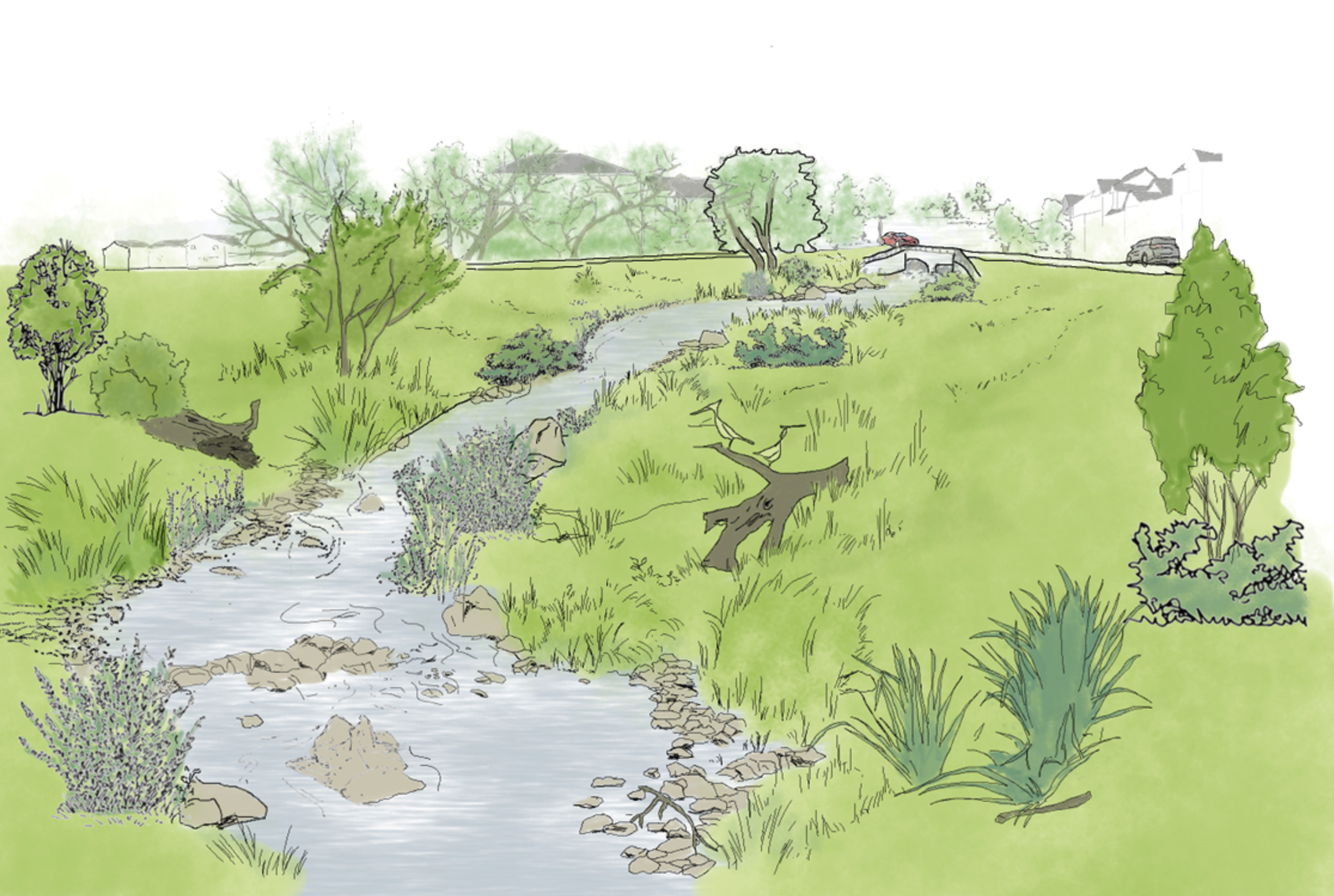The Importance of the USAP
MHFD uses the USAP to determine stream function within an urban stream context and to evaluate planning priorities and project alternatives to ensure we are implementing the best projects to protect people, property, and our environment. The goal of the USAP is two-fold:
1. Provide repeatable, consistent, and defensible methods to assess the physical condition of urban streams.
2. Provide a tool that supports planning and design teams in identifying and prioritizing the highest functioning system(s) with the lowest long-term maintenance effort(s), given the watershed or stream context.
USAP provides a structure that embraces the complexities inherent in urban streams by integrating community values (such as health and wellness, public safety, and recreation) with physical elements (including flow regime, geomorphic processes, and vegetation structure). These features allow USAP to be a consistent approach to evaluating urban watersheds and streams.

